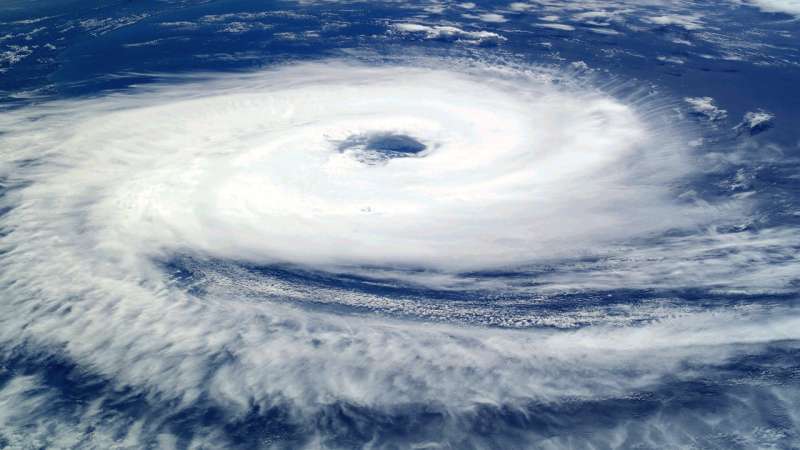Credit: National Research Nuclear University
Among the most dangerous phenomena on the planet, hurricanes are giant atmospheric vortexes with air pressure subsiding to the centre and a very high speed of the air flow. They appear in the middle latitudes because of the significant contrast of temperatures and pressures of allied air masses. In tropical latitudes, hurricanes of massive energy arise above the ocean's surface because of the vapour condensation in a vast layer of humid air. The quantity of energy released each hour by a hurricane of average intensity is equal to a nuclear explosion of about 30 megatons. All this energy moves above the ocean and finally collapses on the beach. According to NASA, at least 100 million U.S. residents live in the hurricane risk zone.
It is hard to overstate the necessity of precise hurricane forecasting. Before artificial satellites, the only way to track hurricanes was via airplanes flying above the cyclones. But even today, satellites can't provide comprehensive information. fFor example, they can't detect the inner barometric pressure of the hurricane or the exact wind speed. Moreover, thick clouds obscure nascent cyclones from satellites. Despite the availability of satellite systems, sensors, and radars, aviation still plays an important role in forecasting. Drones are modern-day hurricane hunters, equipped with meteorological instruments. For example, NASA has used a small fleet of unmanned Global Hawk drones for studying tropical cyclones since 2010. And modern computers allow constructing exact atmospheric models. By analyzing data from multiple sources, scientists can predict a future cyclone lifecycle, which is on average nine to 12 days.
However, despite a great leap in the modeling of hurricane motion paths, hurricane forecasts have only slightly improved. Inaccurate forecasts can lead to death and destruction that might be prevented. Unreasonably pessimistic predictions halt industry, stop mining operations, unnecessarily evacuate people from their homes and, thus incur large financial losses. Scientists from the National Research Nuclear University MEPhI (Russia) hope to improve the situation.
Changes in the atmosphere precede hurricane development. Following these changes, it is possible to trace the cyclone and predict processes happening in it.
"The hurricane muon hodoscope is able to observe and analyze on a real-time basis modulations of the flow of secondary cosmic rays on the Earth's surface provoked by processes in the heliosphere, magnetosphere and atmosphere of the Earth. The uniqueness of our hodoscope is that in the real-time mode, it allows reconstructing each muon's track and obtaining muonographies (by analogy with radiography). Muons are elementary particles that appear in the atmosphere after a series of transformations of particles coming from the space. The analysis of muonographies provides quick monitoring of a large zone of the heliosphere and the state of the atmosphere up to the altitudes of 15 to 20 km above sea level," says Professor Igor Yashin.
According to the scientist, the new hodoscope provides precise forecasts. To watch the atmosphere over Russia, which spans 17.1 million km2, four hodoscopes are required. The Atlantic surface is 91,66 million km2, which is five times greater. Considering that hurricanes are a fraction of that size, and the majority of tropical cyclones are formed between 10 and 30 degrees of latitude of both hemispheres, the number of hodoscope necessary to monitor this territory is low.
"Muon diagnostics developed at MEPhI offer a possibility to model the flow of cosmic rays in the atmosphere and magnetosphere. But to study such processes, it is necessary to create a network of similar, adjustable muon hodoscopes. Such hodoscopes were developed at MEPhI," Yashin says.
He adds that the Hurricane-type hodoscope is not only adjustable, but also portable. It can be trucked from one place to another. However, transportation needs are minimal because it can trace the cyclone and analyze it from a distance.
Previously, muon detectors have been used for the X-raying of Egyptian pyramids. There have applications for the detection of nuclear trafficking and the monitoring of the volcano activity. MEPhI scientists hope that muon diagnostics will contribute further to hurricane research and greater accuracy of forecasting.
The hodoscope is also able to forecast the development of potentially dangerous phenomena in the heliosphere provoked by sun activity, magnetic storms and other natural occurrences.
Provided by National Research Nuclear University























